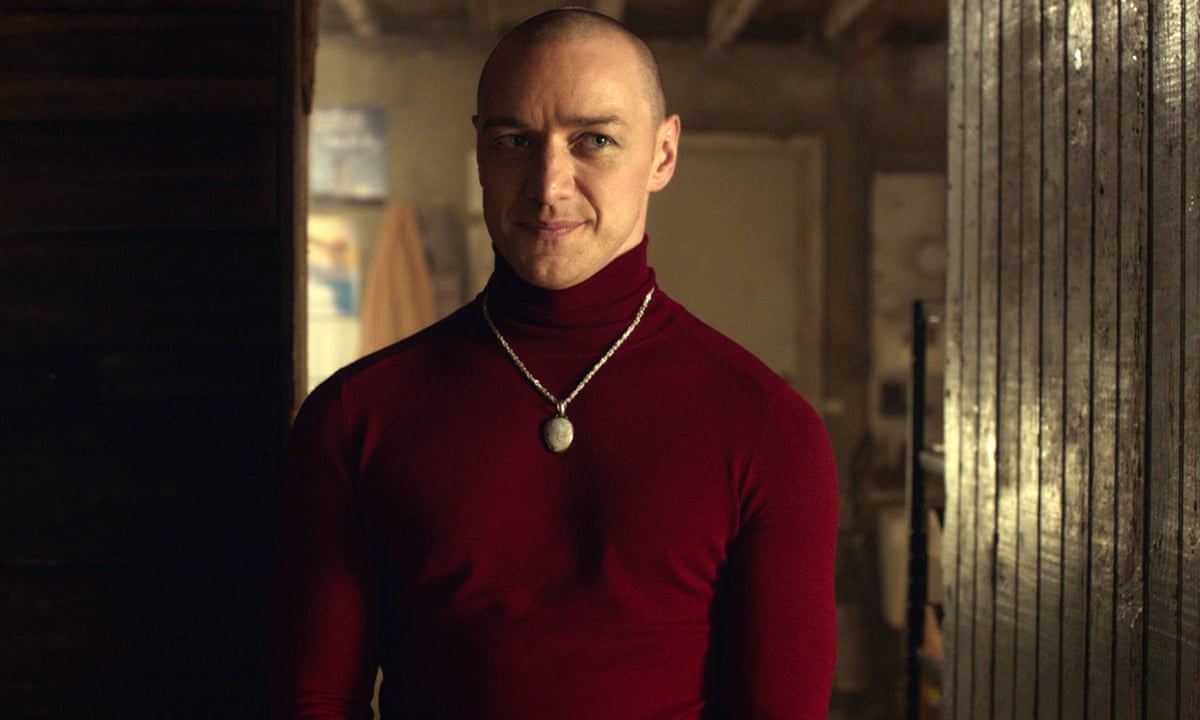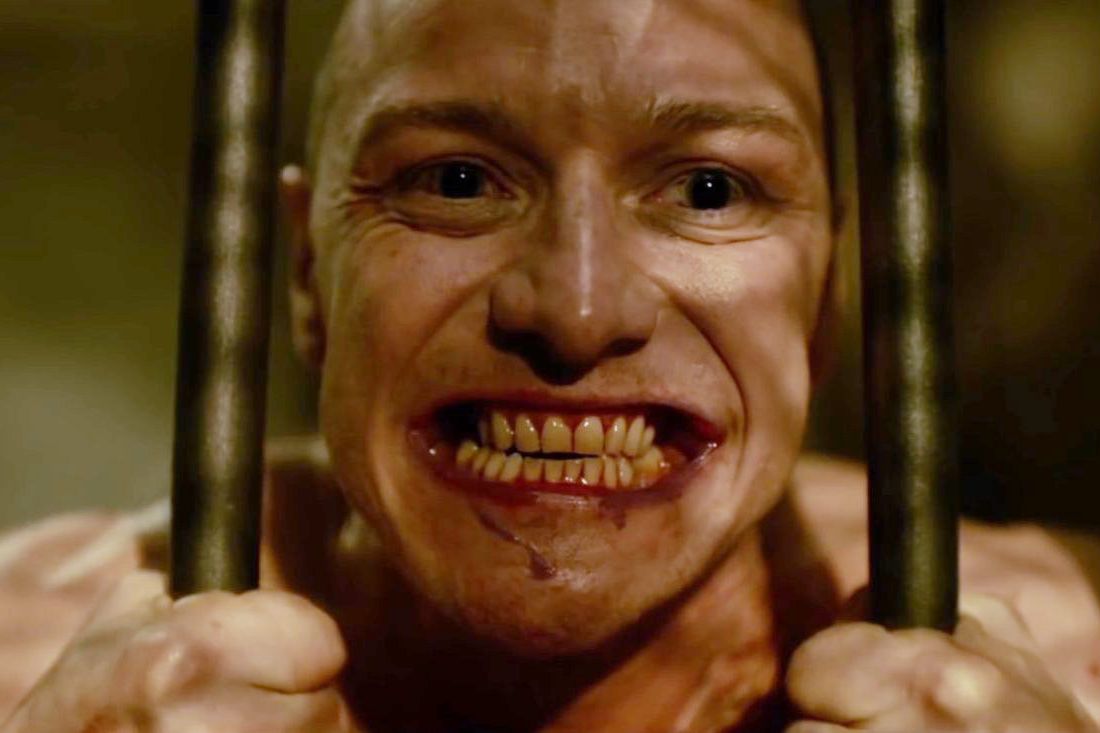 Split, directed by M. Night Shyamalan, is a psychological horror-thriller that weaves a tale of fractured identities and the complexities of the human mind. The narrative revolves around Kevin Wendell Crumb (James McAvoy), a man with Dissociative Identity Disorder (DID) harboring 23 distinct personalities. As the film unfolds, three teenage girls – Casey Cooke (Anya Taylor-Joy), Claire Benoit (Haley Lu Richardson), and Marcia (Jessica Sula) – find themselves abducted by Kevin.
Split, directed by M. Night Shyamalan, is a psychological horror-thriller that weaves a tale of fractured identities and the complexities of the human mind. The narrative revolves around Kevin Wendell Crumb (James McAvoy), a man with Dissociative Identity Disorder (DID) harboring 23 distinct personalities. As the film unfolds, three teenage girls – Casey Cooke (Anya Taylor-Joy), Claire Benoit (Haley Lu Richardson), and Marcia (Jessica Sula) – find themselves abducted by Kevin.
The captives soon discover that Kevin’s personalities include the menacing Patricia, the obsessive-compulsive Dennis, the 9-year-old Hedwig, and the controlling Miss Patricia. As the girls attempt to navigate their captivity, they unravel the mysteries of Kevin’s mind, each personality holding a key to the puzzle.
The overarching threat emerges with the emergence of the mysterious and ominous 24th personality known as “The Beast.” The Beast is described as a superhuman entity with supernatural abilities, driven by a belief in the impurity of those who have not suffered.
The tension heightens as The Beast is unleashed, leading to a chilling climax that sets the stage for the broader narrative within Shyamalan’s cinematic universe.
Characters

The strength of Split lies in the multifaceted portrayal of Kevin Wendell Crumb and his various personalities.
- Kevin Wendell Crumb (James McAvoy): McAvoy delivers an extraordinary performance, seamlessly transitioning between the numerous personalities within Kevin. From the vulnerable Barry to the intimidating Patricia, each persona is distinctly characterized, showcasing McAvoy’s versatility as an actor.
- Casey Cooke (Anya Taylor-Joy): Taylor-Joy’s portrayal of Casey brings depth to the narrative. As a character with her own traumatic past, Casey’s ability to understand and navigate Kevin’s personalities becomes a central element in the story.
- Dennis, Patricia, Hedwig, and The Beast: These distinct personalities, each with its own quirks and motivations, contribute to the suspense and unpredictability of the film. The seamless transitions between Dennis’s stern demeanor, Patricia’s controlled sophistication, and Hedwig’s childlike innocence add layers to Kevin’s character.
The interactions between Kevin’s personalities and the three abducted girls create a tense atmosphere, with each revelation about Kevin’s condition deepening the psychological complexity of the narrative.
Split Ending Explained (Spoilers)

The ending of Split introduces a fascinating twist that connects the film to M. Night Shyamalan’s earlier work, Unbreakable. In the final scenes, it is revealed that Split exists within the same cinematic universe as Unbreakable. The film concludes with a diner scene where patrons discuss the news coverage of Kevin’s actions and refer to him as “The Horde.” The revelation sets the stage for a potential crossover between the characters of Split and David Dunn (Bruce Willis) from Unbreakable.
This unexpected connection expands the narrative scope, hinting at a larger universe of individuals with extraordinary abilities. It not only elevates Split from a standalone psychological thriller to a vital piece within Shyamalan’s broader exploration of comic book-inspired storytelling but also sets the stage for the sequel, Glass, which brings together characters from both Split and Unbreakable.
F.A.Q
a. Is it Based on a True Story? No, Split is not based on a true story. The screenplay, written by M. Night Shyamalan, is a work of fiction exploring psychological themes and the complexities of Dissociative Identity Disorder.
b. What is the Main Idea of the Movie? The main idea of Split revolves around the exploration of Dissociative Identity Disorder and its potential manifestations, delving into the psychological implications of trauma and the creation of distinct personalities as coping mechanisms.
c. Is this Movie Worth Watching? Absolutely. Split is a masterfully crafted psychological thriller that showcases M. Night Shyamalan’s skill in building tension and suspense. James McAvoy’s exceptional performance and the unexpected twist at the end make it a compelling and memorable cinematic experience.
d. What is the Symbolism in this Movie? Symbolism in Split is rich, with each of Kevin’s personalities representing a facet of his psyche. The Beast, in particular, serves as a symbol of primal instincts and the untapped potential within individuals. The film explores themes of trauma, survival, and the blurred lines between reality and imagination, inviting viewers to contemplate the intricacies of the human mind.
In conclusion, Split stands as a psychological rollercoaster that not only delivers a gripping narrative but also expands the cinematic universe conceived by M. Night Shyamalan. Its exploration of identity and trauma, coupled with an unexpected connection to Unbreakable, solidifies its place in the pantheon of thought-provoking and genre-defying films.

